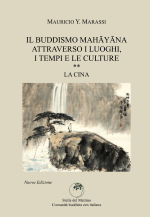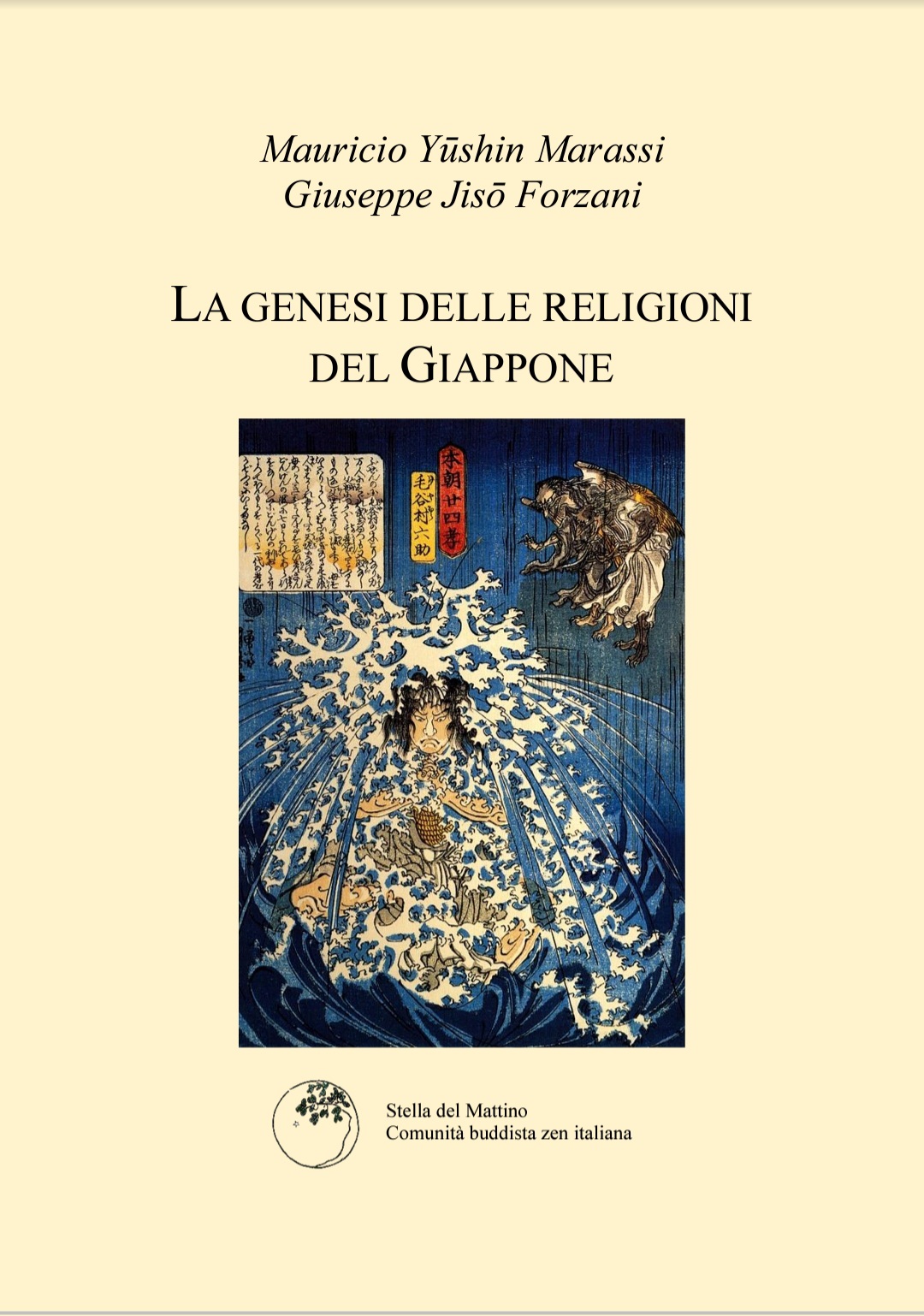From the forth chapter of “The master way: the way as the master”.

In “Mass and power”, writing about a relationship where power is exercised by a man over another man or other men, Canetti says that the exercise of power always carries the threat of death more or less explicitly. This is so even when the giving and receiving of orders takes place in the context of relationships, such as that between a mother and her child, that do not contain a threat at all, let alone a mortal threat. Even if the threat is veiled, the child is likely to fear that he may be deprived of his mother’s emotional and physical sustenance on which his very life depends, if he refuses to obey. As a result — Canetti insists – between mother and child, as within any other relation where orders are given and taken, a taming relationship is established not unlike that between a dog and its master and between a slave and his owner. Whenever in Buddhist writings we find reference to the attitude that a disciple should display towards his spiritual father – may this be called “the good friend” or “the master craftsman” – the words that describe it are of veneration, respect and obedience. It could not be otherwise, because these traits are indispensable to create the trust and intimacy that make possible the transmission of the true teaching from generation to generation. I have said above that a disciple or apprentice needs a teacher to be able to lift the fog that smothers him in every day’s life, and to learn how to cut the umbilical cord that re-knots him continuously to a life chained by desire to endless suffering. The more he realizes this, the stronger the fear of an implicit threat. If I do not please my master, if I do not obey him, if I do not flatter him, he will ostracize me. And, as a result, I will be cut away from the spiritual nourishment that allows me to approach my goal. At this moment, the teacher wields an enormous power on his disciple. A disciple’s perception of his need can generate dependence and now, that the need is at its highest, this risk is very real. Pain, even the pain that he does not yet – or no longer– feel, faces him with such violence that he feels like someone swallowing a burning red iron ball. This position is weak and vulnerable. But the indifference and light-hearted insouciance that could free him from the yoke which he has slipped under by his own will, are irretrievably lost and forbidden. They have been lost the very moment he looked for and discovered his need, and they have been forbidden because, as Buddhist writings say, without a true passion, without the zeal that is born out of sincere devotion, emptiness, the pneumatic depression that sucks in learning does not appear. It seems that the only possibility for the disciple/apprentice is to humble himself, to wear the leash like a dog, unable to act of his own account, forced to follow another person wherever this goes, into abjection and servility, subject to somebody’s whims while the target of an awful implicit threat. However, when the adhesive that glues together disciple and master is love of life, transfigured by the way, when neither seeks any tangible gains for oneself, but, instead, both are pointed towards the same religious end and share a same intimate spiritual direction, the potential unbalance of this relationship and the threat it embodies –for at least one of the two parties, never realizes itself. It is like what happens to a baby. He is at the mercy of his mother, but, if she is loving and sane, he has nothing to fear. But in this world, unfortunately, there are many cases of babies mistreated. In the same way, the consequences of the pain inflicted on disciples by relations with persons that are improperly called masters is a problem for Buddhism that cannot be ignored.
Se volete, lasciate un commento.
You must be logged in to post a comment.







